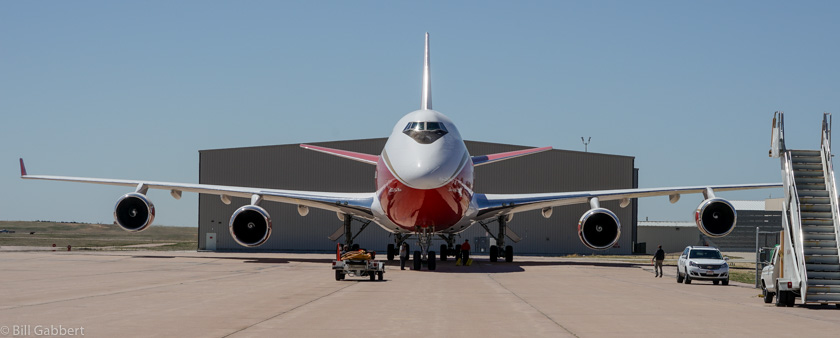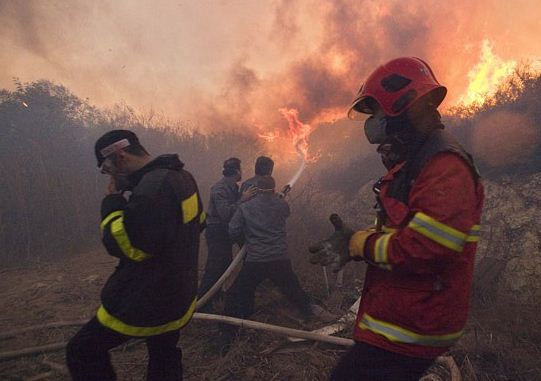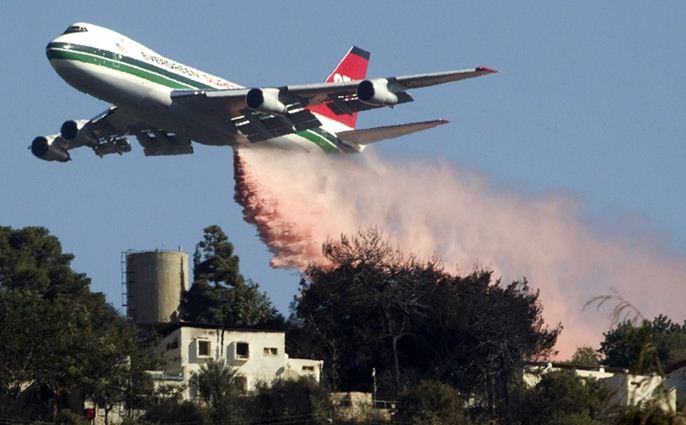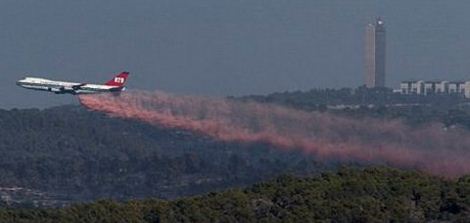At Wildfire Today we try to keep track of the line of duty deaths (LODD) of firefighters working on wildland fires. The past year, 2010, again produced a lengthy list of firefighters who passed away while doing their job. We make no claim that it is a complete or official tally. If you are aware of any that we missed, let us know. Some of the dates are approximate and may be the date of the report of the fatality. The last three incidents are gray areas, in that the victims were not all firefighters, or were not necessarily actively involved in fire suppression at the time of the incident. They were included because they were very significant incidents.
At the end of the list is a report from the U.S. Fire Administration providing their statistics on the number of LODDs for 2010.
January 11. Australia. A firefighter was killed and four others were injured when their fire truck rolled over while they were responding to a grass fire at Lake Mokoan near Benalla in northeast Victoria, Australia. (map)
April 11. Kansas. A firefighter was overcome by smoke and died while working on a fire west of Peru.
April 24. New Brunswick, Canada. A pilot from Grand Falls, with Forest Protection Ltd., was conducting a practice flight in a water bomber when the plane crashed shortly after taking off from the airport.
June 23. Washington. The chief of the Franklin Fire District 4 in Basin City, Washington, was killed when a snow cat that had been converted to a fire apparatus rolled about 100 feet down a hill while he was working on a vegetation fire.
July 30. Russia. Wildfires in Russia killed at least 25 people including 2 firefighters, and destroyed over 1,000 homes. Some reports say three firefighters died in the fires.
July 31. Canada. An air tanker crashed while working on a fire in British Columbia. The Convair 580, operated by Conair, went down in central B.C. The two pilots were killed.
August 2. Arkansas. A firefighter was operating an Arkansas Forestry Commission 2002 International tractor trailer, and was en route to check on the status of an earlier fire. The tractor trailer load reportedly shifted causing the vehicle to cross the roadway center line, go into a ditch and then overturn.
August 11. Portugal. Civil protection officials said a female firefighter died, one fireman was badly burned and their team had to be evacuated when they found themselves surrounded by flames after a sudden change in the direction of the wind in Gondomar region. On Monday, a fireman was killed and another seriously injured when their truck fell into a burning ravine in the mountainous Sao Pedro do Sul area.
August 13. Spain. Two firefighters were been killed in wildfires. The blazes hit near the village of Fornelos de Montes in the country’s northwestern Galicia region, close to the border with Portugal, where several forest fires are still raging.
September 21. Spain. A 46-year old firefighter died while extinguishing a wildfire in Senes.
September 24. Ohio. A firefighter was killed when a pressurized tank failed and he was struck by debris.
September 24. Virginia. A firefighter collapsed and later died while working on a fire in New Church, Virginia off Route 13.
November 16. South Carolina. A firefighter was suppressing a grass fire in the median of Interstate 20 when a van rear-ended a sedan as they approached the fire scene. The sedan was pushed into two parked fire trucks causing them to crash into a firefighter, causing his death.
November 23. California. One inmate was killed and 12 were injured when their crew carrier vehicle was involved in a head-on accident. Three of the injured were in critical condition. The elderly driver of the other vehicle was also killed. As far as we know the inmate crew was not assigned to a fire at the time of the crash.
December 5. China. A massive wildfire in Tibet’s Sichuan province killed 22 people, including Chinese soldiers during a rescue operation. Of the 22 killed, 15 were soldiers, two were workers with the grassland administration, and five others were local civilians.
December 6. Israel. At least one of the 43 government employees that were killed in the Carmel Mountain fire in Israel was a police officer. The Police Chief in Haifa (Israel) died in the Line of Duty from her burn injuries after 4 days of hospitalization. She was the first ever woman police chief there, and was gravely injured in the Carmel forest fire, while driving along with the bus full of Prison Service cadets that burned and killed the cadets as well.
Below is the The U.S. Fire Administration’s report of the on-duty firefighter fatalities in 2010. Click on FullScreen to see a larger version.
Continue reading “Wildland firefighter LODDs, 2010”





